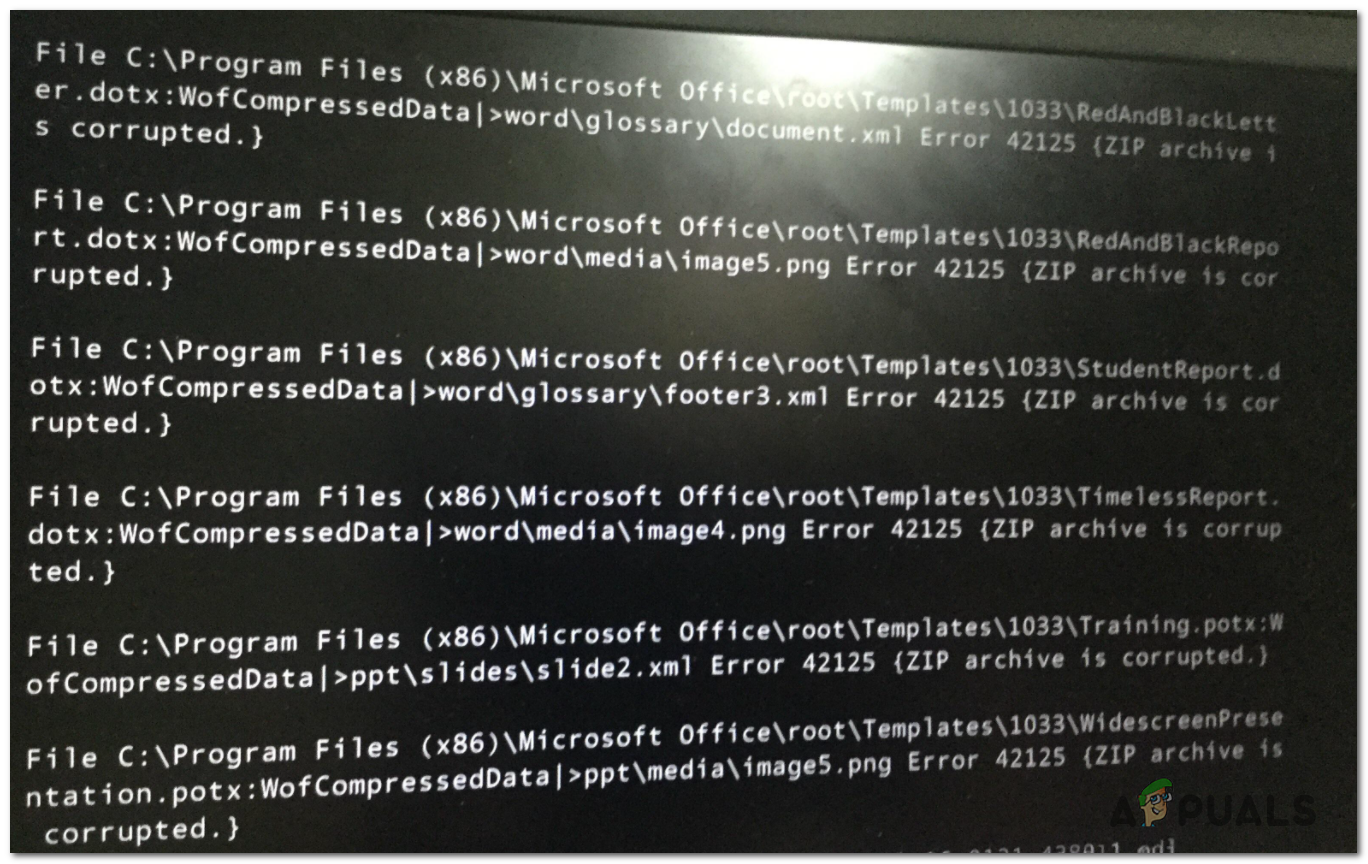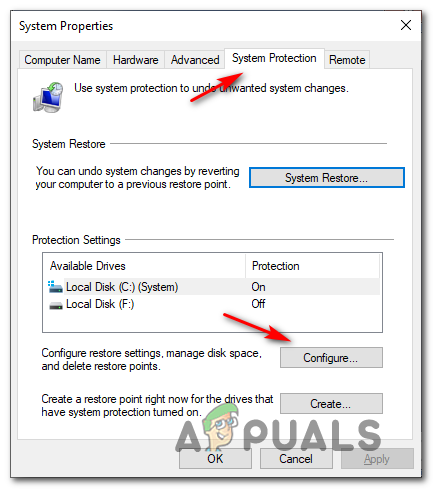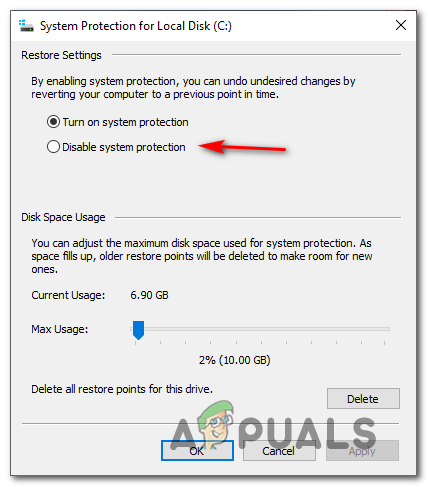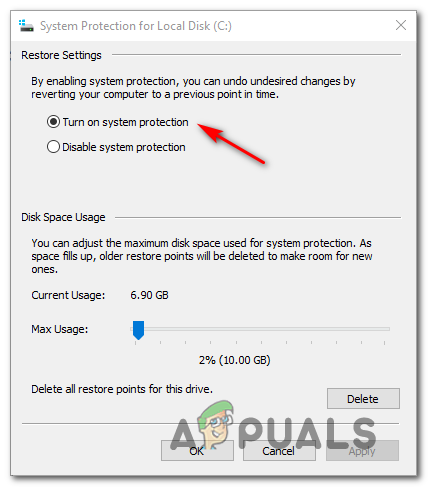How to Fix Avast Errors 42125 and 42110
Some Windows users are encountering the ‘42125 error code‘ when trying to run a boot scan using Avast. This issue is only reported to occur during a boot-time scan and it’s confirmed to appear on Windows 7, Windows 8.1, and Windows 10.

As it turns out, there are 2 main causes that will ultimately lead to the apparition of one of these 2 error codes:
- You are dealing with a ‘decompression bomb’ – By far, the most common cause that might trigger this error code is an instance in which Avast thinks it’s dealing with an archive that might initiate a DoS attack if it’s unpacked. In this case, you should avoid the file altogether and try to obtain the same data from a different source.
- File corruption in the System Restore volume – Under certain circumstances, Avast is known to throw this error due to a corruption problem with the System Restore volume. If this scenario is applicable, you should be able to get the issue fixed by temporarily disabling the System Restore functionality and allow your system to boot up without it to fix the problem.
Method 1: Warning against a Decompression Bomb
The most common reason why this error message will occur is a scenario in which Avast things the file that it’s being analyzed is actually a ‘decompression bomb’ (also known as a zip bomb).
A ‘ decompression bomb’ is a term given to archive files (RAR or ZIP) that have a very high compression ratio. These files have the potential to grow to be very big once they are extracted and possibly use up all the memory.
These ‘decompression bombs’ are regularly used in DoS attacks meant at incapacitating virus scanners – The majority of security tools are aware of this practice so they refuse to scan the archive in order to avoid crashing the system or make it more vulnerable to attacks.

If this scenario is applicable and you have reason to believe that you might be dealing with a decompression bomb, the best way to fix the problem is to simply delete the file.
In case you’ve obtained it from a questionable place, just remove it from your system and initiate another boot-time scan in Avast at the next system startup.
If your investigations have not revealed that this file Avast has a problem with is actually a decompression bomb, move down to the next potential fix below.
Method 2: Re-enable System Restore
As it turns out, another reason that might cause one of these two error codes (42110 and 42125) to appear is some kind of system file corruption having to do with the system restore volume.
Fortunately, some users encountering the same problem have reported that the problem was entirely fixes after the disabled system restore, restarted the system, and then re-enabled the System Restore functionality again.
If this scenario looks like it could be applicable, follow the instructions below to disable the System Restore functionality in order to resolve the 42110 and 42125 error codes with Avast:
- Press Windows key + R to open up a Run dialog box. Next, type ‘sysdm.cpl’ inside the text box and press Enter to open up the System Properties screen.

Run dialog: sysdm.cpl - Once you’re inside the System Properties screen, click on the System Protection tab from the horizontal menu at the top, then select your OS drive and click on Configure.

Accessing the System Protection settings - Next, set the toggle under Restore Settings to Disable system protection. Next, click Apply to save the changes.

Disable the System Protection feature (System Restore) - Once System Restore has been disabled, restart your computer and allow it to boot without the System Restore functionality.
- After your computer boots back up, reverse engineer the steps above to access the System Protection menu again and re-enable System Restore by setting Restore Settings to Turn on system protection again.

Re-enabling System Restore - Once you have successfully re-enabled System Restore, initiate another boot scan in avast and see if the problem is now fixed.




